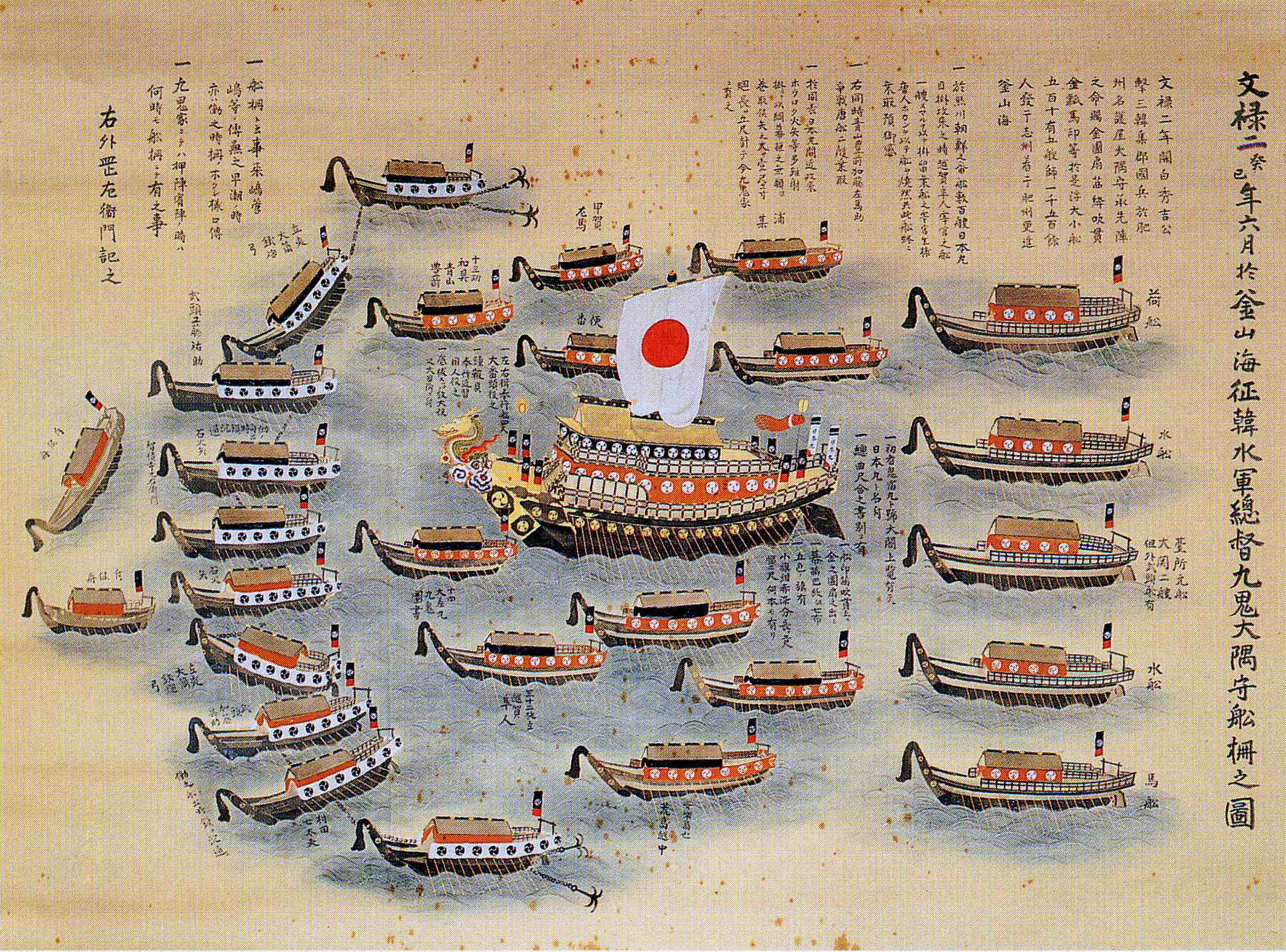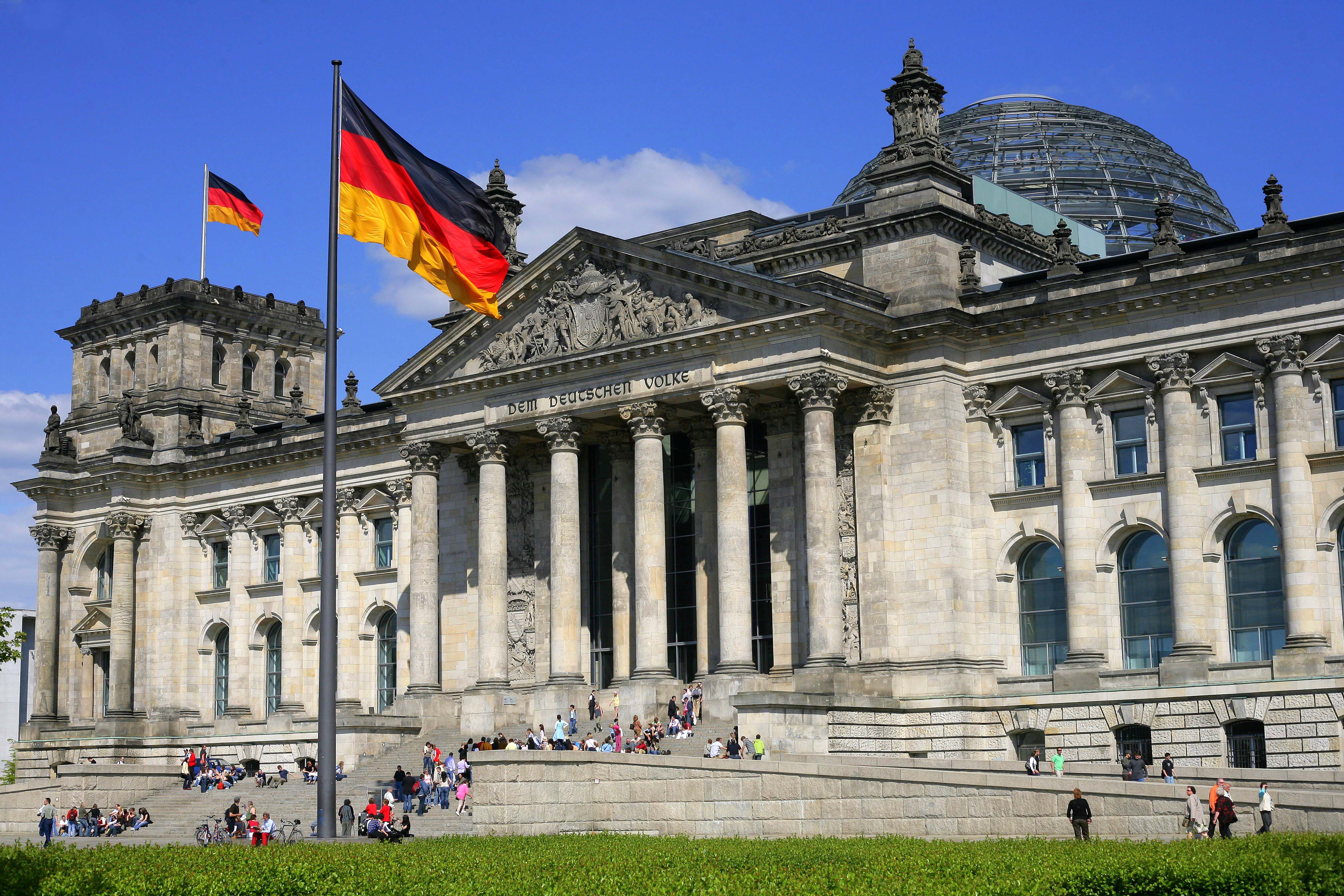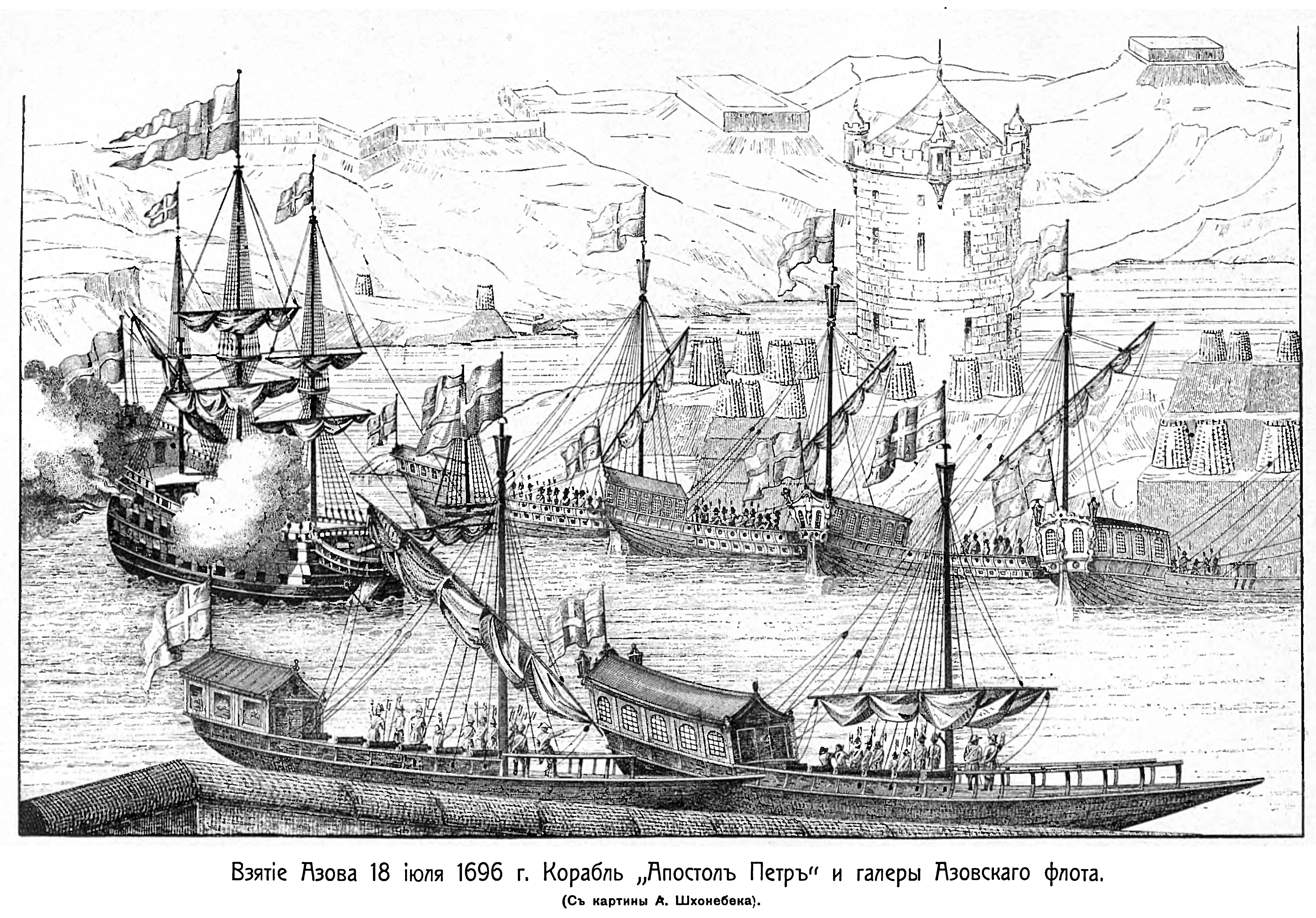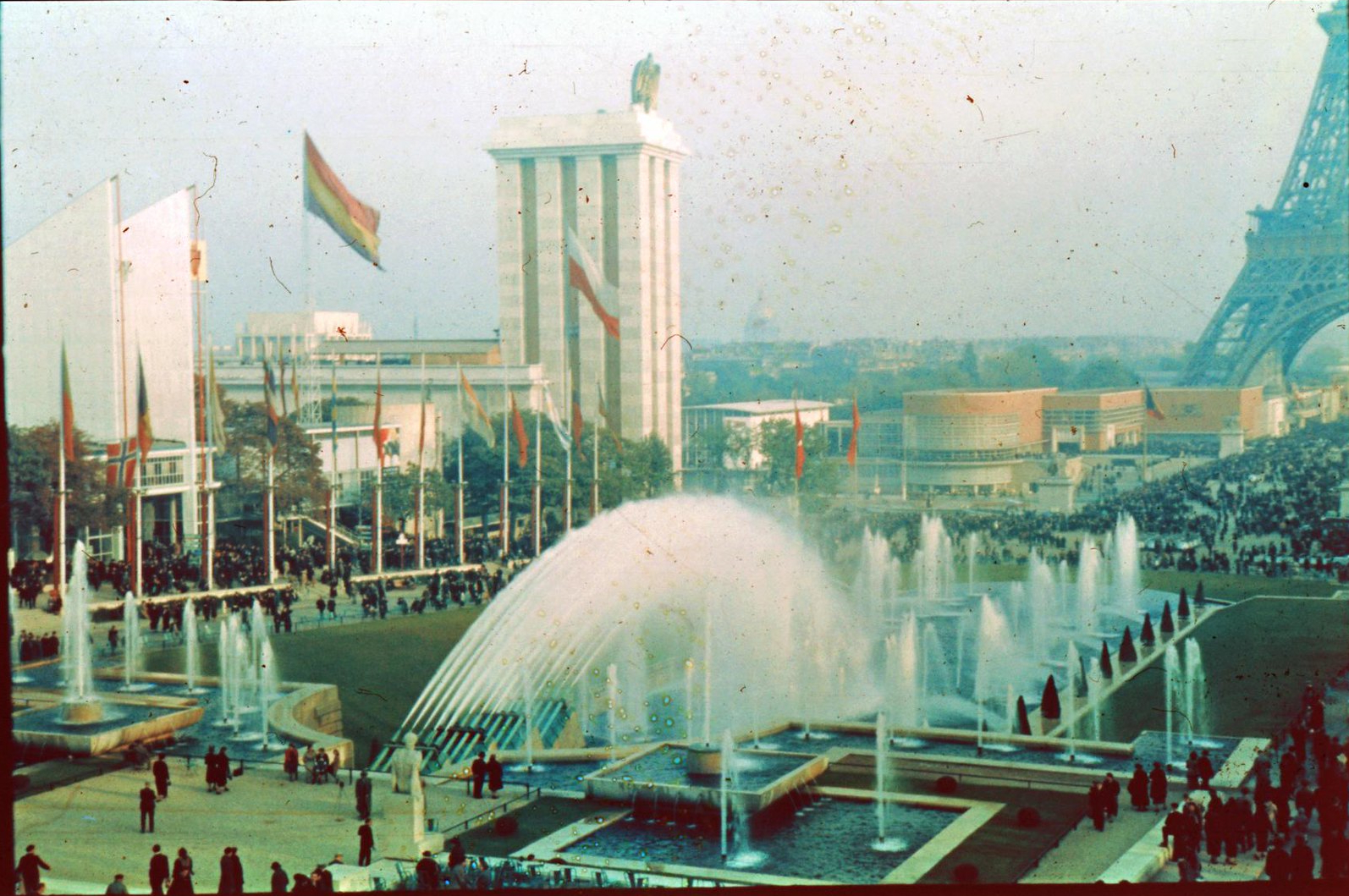|
Antti Aalto (ski Jumper)
Antti Aalto (born 2 April 1995) is a Finnish ski jumper. He competed in two events at the 2018 Winter Olympics. His best ever result in a World Cup competition is seventh which he reached in Wisła Wisła (; ; ) is a town in Cieszyn County, Silesian Voivodeship, southern Poland, with a population of about 11,132 (2019), near the border with the Czech Republic. It is situated in the Silesian Beskids mountain range in the historical region of ... 2018. Ski jumping career Aalto was seventh in the Qualification at the season opener in Wisla. He finished 9th together with the Finnish team in the team competition. On the following day, Aalto was sitting in fifth place after the first round. He lost two positions in the final round, meaning he finished seventh, which was his best ever World Cup result. In the 2024/25 season he had two 11th place finishes one in Ruka and other in Lahti, and also he managed to set a new personal best in Planica. World Cup Standings Individual sta ... [...More Info...] [...Related Items...] OR: [Wikipedia] [Google] [Baidu] |
Kitee
Kitee (; ) is a town and a municipality of Finland. It is located in the province of Eastern Finland and is part of the North Karelia region, about south of Joensuu and about northeast of Lappeenranta. The municipality has a population of () and covers an area of of which is water. The population density is . The municipality is unilingually Finnish. Neighbouring municipalities are Parikkala, Rääkkylä, Savonlinna and Tohmajärvi. History Kitee is known as the ''moonshine city of Finland'' due to its legal and illegal moonshine manufacturing. Villages * Haapasalo * Haarajärvi * Hammaskallio * Heinoniemi * Jaakkima * Juurikka * Kantosyrjä * Kiteenkylä * Kiteenlahti * Kontiola * Kunonniemi * Lahdenkylä * Leinovaara * Loukunvaara * Misola * Muljula * Niinikumpu * Nivunki * Närsäkkälä * Ojamäki * Piimäjärvi * Potoskavaara * Puhos * Puhossalo * Päätye * Riihijärvi * Rokkala * Ruppovaara * Satulavaara * Suoparsaari * Suorlahti * Särkijärvi * Säynejärvi ... [...More Info...] [...Related Items...] OR: [Wikipedia] [Google] [Baidu] |
2018–19 FIS Ski Jumping World Cup
The 2018–19 FIS Ski Jumping World Cup was the 40th World Cup season in ski jumping for men, the 22nd official World Cup season in ski flying, and the 8th World Cup season for ladies. The season began on 17 November 2018 in Wisła for men and in Lillehammer for ladies; the season concluded on 24 March 2019 in Planica for men and in Chaykovsky for ladies. The first edition of ladies' Raw Air was organized simultaneously with men's edition between 9–14 March 2019. And at the end of the season new tournament called "Russia Tour Blue Bird" for ladies was organized in Nizhny Tagil and Chaykovsky between 16 and 24 March 2019. New rules have been introduced at the 2018 Fall meeting in Zürich: from now on one Continental Cup point will be enough to perform at the Ski Flying event and not one World Cup point anymore. Also all qualification rounds awarded with 3,000 CHF and Ski Flying qualifications with 5,000 CHF from this season on. Map of world cup hosts All 26 loca ... [...More Info...] [...Related Items...] OR: [Wikipedia] [Google] [Baidu] |
Flag Of Slovenia (bordered)
The national flag of Slovenia () features three equal horizontal bands of white (top), blue, and red, with the coat of arms of Slovenia located in the upper hoist side of the flag centred in the white and blue bands. The coat of arms is a shield with the image of Mount Triglav, Slovenia's highest peak, in white against a blue background at the centre; beneath it are two wavy blue lines representing the Adriatic Sea and local rivers, and above it are three six-pointed golden stars arranged in an inverted triangle which are taken from the coat of arms of the Counts of Celje, the great Slovene dynastic house of the late 14th and early 15th centuries. The Slovenian flag's colours are considered to be pan-Slavic, but they actually come from the medieval coat of arms of the Holy Roman duchy of Carniola, consisting of 3 stars, a mountain, and three colours (red, blue, yellow), crescent. The existing Slovene tricolour was raised for the first time in history during the Revolution of 18 ... [...More Info...] [...Related Items...] OR: [Wikipedia] [Google] [Baidu] |
Flag Of The Czech Republic (bordered)
A flag is a piece of fabric (most often rectangular) with distinctive colours and design. It is used as a symbol, a signalling device, or for decoration. The term ''flag'' is also used to refer to the graphic design employed, and flags have evolved into a general tool for rudimentary signalling and identification, especially in environments where communication is challenging (such as the maritime environment, where semaphore is used). Many flags fall into groups of similar designs called flag families. The study of flags is known as "vexillology" from the Latin , meaning "flag" or "banner". National flags are patriotic symbols with widely varied interpretations that often include strong military associations because of their original and ongoing use for that purpose. Flags are also used in messaging, advertising, or for decorative purposes. Some military units are called "flags" after their use of flags. A ''flag'' (Arabic: ) is equivalent to a brigade in Arab countries. In ... [...More Info...] [...Related Items...] OR: [Wikipedia] [Google] [Baidu] |
Flag Of Japan (bordered)
The national flag of Japan is a rectangular white banner with a red circle at its center. The flag is officially called the but is more commonly known in Japan as the . It embodies the country's sobriquet: the Land of the Rising Sun. The flag is designated as the national flag in the Act on National Flag and Anthem, which was promulgated and became effective on 13 August 1999. Although no earlier legislation had specified a national flag, the sun-disc flag had already become the ''de facto'' national flag of Japan. Two proclamations issued in 1870 by the Daijō-kan, the governmental body of the early Meiji period, each had a provision for a design of the national flag. A sun-disc flag was adopted as the national flag for merchant ships under Proclamation No. 57 of Meiji 3 (issued on 27 January 1870), and as the national Naval ensign, flag used by the Navy under Proclamation No. 651 of Meiji 3 (issued on 3 October 1870). Use of the was severely restricted during the early ye ... [...More Info...] [...Related Items...] OR: [Wikipedia] [Google] [Baidu] |
Flag Of Poland (bordered)
The national flag of Poland ( ) consists of two horizontal stripes of equal width, the upper one white and the lower one red. The two colours are defined in the Polish constitution as the national colours. A variant of the flag with the national coat of arms in the middle of the white fess is legally reserved for official use abroad and at sea. A similar flag with the addition of a white eagle is used as the naval ensign of Poland. White and red were officially adopted as national colours in 1831, although these were associated with Poland since the Middle Ages and were emphasized on royal banners. They are of heraldic origin and derive from the tinctures (colours) of the coats of arms of the two constituent nations of the Polish–Lithuanian Commonwealth (i.e., the White Eagle of Poland, and the Pursuer of the Grand Duchy of Lithuania, a white knight riding a white horse), both on a red shield. Until 1831, Polish soldiers wore cockades of various colour combinations. The na ... [...More Info...] [...Related Items...] OR: [Wikipedia] [Google] [Baidu] |
Flag Of Austria
The national flag of Austria () is a triband in the following order: red, white, and red. The Austrian flag is considered one of the oldest national symbols still in use by a modern country, with its first recorded use in 1230. The Austrian triband originated from the arms of the Babenberg dynasty. As opposed to other flags, such as the black-and-yellow banner of the Habsburgs, the red-white-red flag was from very early on associated, not with a reigning family or monarch, but with the country itself. In addition to serving as the flag of Austria since 1230, it was adopted as the naval ensigns and state flags of the Kingdom of Lombardy–Venetia, Grand Duchy of Tuscany and Duchy of Modena and Reggio in the 18th and 19th centuries respectively, as they were ruled by the House of Habsburg or its cadet branches. History Origins The flag traces back to the coat of arms of the medieval Babenberg dynasty, a silver band on a red field (in heraldry: ''Gules a fess Argent ... [...More Info...] [...Related Items...] OR: [Wikipedia] [Google] [Baidu] |
Flag Of Germany
The national flag of Germany () is a tricolour (flag), tricolour consisting of three equal horizontal bands displaying the national colours of Germany: Sable (heraldry), black, Gules, red, and Or (heraldry), gold (). The flag was first sighted in 1848 in the German Confederation. The flag was also used by the German Empire (1848–1849), German Empire from 1848 to 1849. It was officially adopted as the national flag of the German Reich (during the period of the Weimar Republic) from 1919 to 1933, and has been in use since its reintroduction in the Federal Republic of Germany in 1949. Since the mid-19th century, Germany has two competing traditions of national colours, black-red-gold and black-white-red. Black-red-gold were the colours of the German revolutions of 1848–1849, 1848 Revolutions, the Weimar Republic of 1919–1933 and the Federal Republic (since 1949). They were also Flag of East Germany, adopted by the German Democratic Republic (1949–1990). The colours Flag ... [...More Info...] [...Related Items...] OR: [Wikipedia] [Google] [Baidu] |
Civil Ensign Of Switzerland
Civil may refer to: *Civility, orderly behavior and politeness *Civic virtue, the cultivation of habits important for the success of a society *Civil (journalism), a platform for independent journalism *Civil (surname) See also * {{Disambiguation ... [...More Info...] [...Related Items...] OR: [Wikipedia] [Google] [Baidu] |
Flag Of Russia
The national flag of the Russia, Russian Federation (, ) is a tricolour of three equal horizontal bands: white on the top, blue in the middle, and red on the bottom. The design was first introduced by Tsar Peter the Great in 1693, and in 1705 it was adopted as the civil ensign of the Tsardom of Russia; the flag continued to be used as a civil ensign under the Russian Empire. In 1858, Emperor Alexander II of Russia, Alexander II declared the black-yellow-white flag of the Russian Empire, black-yellow-white tricolour as the national flag, and in 1896 it was replaced by the white-blue-red tricolour by Nicholas II of Russia, Nicholas II. In 1917, following the October Revolution, the Bolsheviks banned the tricolour, though it continued to be flown by the White movement during the Russian Civil War. The Flag of the Russian Soviet Federative Socialist Republic, flag of the Russian SFSR was a red field with its Cyrillic script, Cyrillic acronym "РСФСР" in the upper-left corner, a ... [...More Info...] [...Related Items...] OR: [Wikipedia] [Google] [Baidu] |
Flag Of Finland (bordered)
The national flag of Finland, also known in Finnish as the ' ('Blue Cross Flag'), dates from the beginning of the 20th century. On a white background, it features a blue Nordic cross, which represents Christianity. The state flag has the Finnish coat of arms in the centre, but is otherwise identical to the civil flag. The swallow-tailed state flag is used by the military. The presidential standard is identical to the swallow-tailed state flag but also has in its upper-left corner the Cross of Liberty after the Order of the Cross of Liberty, which has the president of Finland as its grand master. Like in Sweden, Finland's national flag is based on the Nordic cross. It was adopted after independence from the Russian Empire, when many patriotic Finns wanted a special flag for their country, but the flag's design dates back to the 19th century. Blue is said to represent the country's thousands of lakes and the sky and white the snow that covers the land in winter. The colour comb ... [...More Info...] [...Related Items...] OR: [Wikipedia] [Google] [Baidu] |
Flag Of Norway
The national flag of Norway (; ; ) is red with a navy blue Scandinavian cross bordered in white that extends to the edges of the flag; the vertical part of the cross is shifted to the hoist side in the style of the ''Dannebrog'', the flag of Denmark. History It is difficult to establish what the earliest flag of Norway looked like. During ancient times countries did not fly flags. Kings and other rulers flew flags, especially in battle. Saint Olav used a serpent within a white mark at the Battle of Nesjar. Prior to this the raven or dragon was used. Magnus the Good used the same mark as Saint Olav. Harald Hardrade used the raven banner. This flag was flown by various Vikings, Viking chieftains and other Scandinavian rulers during the 9th, 10th, and 11th centuries AD. Inge I of Norway, Inge used a red lion on gold. Sverre of Norway, Sverre used an eagle in gold and red. The earliest known flag which could be described as a national flag of Norway is the one used today as ... [...More Info...] [...Related Items...] OR: [Wikipedia] [Google] [Baidu] |







